Discover America’s most extraordinary eco lodges, where sustainable luxury meets untamed wilderness. From solar-powered treehouses in the Pacific Northwest to off-grid desert retreats in Arizona, these transformative destinations redefine responsible tourism while minimizing your carbon offset travel footprint. Unlike traditional hotels, authentic eco lodges integrate seamlessly with their natural surroundings, harvesting rainwater, generating renewable energy, and supporting local conservation efforts. Whether you’re seeking a meditation retreat in California’s ancient redwoods or a wildlife-watching haven in Alaska’s pristine wilderness, these sustainable sanctuaries offer immersive experiences that protect the very environments they showcase. Join a growing community of conscious travelers who choose accommodations that combine environmental stewardship with unforgettable adventures, proving that luxury and sustainability can coexist in perfect harmony.
What Makes an Eco Lodge Truly Sustainable?
Green Building Standards
Eco lodges in the United States follow rigorous green building standards to minimize their environmental impact while maximizing comfort and sustainability. These properties typically incorporate renewable materials like reclaimed wood, bamboo, and recycled steel in their construction. Many are built to LEED certification standards, featuring superior insulation, energy-efficient windows, and green roofs that help regulate indoor temperatures naturally.
Solar panels and wind turbines are common sights at eco lodges, generating clean energy to power everything from lighting to heating systems. Smart water management plays a crucial role, with rainwater harvesting systems, low-flow fixtures, and natural filtration methods reducing water consumption by up to 50% compared to traditional hotels.
Most eco lodges also emphasize passive solar design, positioning buildings to maximize natural light and warmth while minimizing the need for artificial climate control. Living walls and native landscaping help integrate structures with their surroundings, while permeable pavements and bioswales manage stormwater runoff naturally. These thoughtful design choices not only reduce environmental impact but also create a more authentic and immersive experience for guests who want to connect with nature while treading lightly on the earth.

Conservation Practices
American eco lodges lead the way in pioneering sustainable tourism practices through their dedication to wildlife protection and habitat preservation. These sanctuaries actively participate in local conservation efforts, often partnering with environmental organizations to protect endangered species and restore natural habitats.
Many lodges maintain private nature reserves, creating safe corridors for wildlife movement and protecting critical ecosystems. They typically enforce strict guidelines about guest interaction with wildlife, ensuring animals remain undisturbed in their natural habitat. Some properties even contribute to scientific research by allowing biologists to conduct studies on their grounds.
Habitat preservation efforts include native plant restoration programs, invasive species removal, and the creation of wildlife-friendly landscapes. Eco lodges often maintain buffer zones around sensitive areas and limit development to protect natural resources. They also educate guests about local flora and fauna through guided nature walks and interpretive programs, fostering a deeper connection with the environment.
These conservation initiatives not only protect America’s diverse ecosystems but also provide guests with authentic wilderness experiences while minimizing their environmental impact.
Top Eco Lodges Across American Landscapes
Mountain Retreats
Nestled in America’s majestic mountain ranges, eco lodges offer breathtaking views and immersive natural experiences while maintaining a minimal environmental footprint. The Rocky Mountain region stands out with gems like Colorado’s Sundance Trail Guest Ranch, where solar power and locally-sourced meals complement guided hiking adventures and wildlife watching.
In Montana’s pristine wilderness, The Ranch at Rock Creek combines luxury with sustainability through its comprehensive recycling program, organic garden, and commitment to local wildlife conservation. Guests can explore hundreds of acres of untouched mountain terrain while knowing their stay supports environmental preservation.
Vermont’s Sterling Ridge Resort in the Green Mountains demonstrates how traditional New England charm meets modern eco-consciousness. Their cabins feature energy-efficient appliances and sustainable building materials, while offering easy access to world-class hiking trails and seasonal activities like maple sugaring.
For a unique desert mountain experience, Arizona’s Arcosanti showcases innovative ecological architecture in the Sonoran Desert. This experimental community and lodge teaches visitors about sustainable living while providing stunning views of the surrounding mesas.
Insider tip: Book mountain eco lodges during shoulder seasons (spring or fall) for the best combination of comfortable temperatures, smaller crowds, and often better rates. Many of these properties offer special guided programs during these periods, allowing you to learn about local ecosystems when they’re most active and vibrant.
Coastal Sanctuaries
From the rugged cliffs of Big Sur to the serene shores of the Florida Keys, America’s coastlines offer some of the most breathtaking eco-lodge experiences imaginable. The Post Ranch Inn in California sets the gold standard for coastal sustainability, perched dramatically above the Pacific Ocean while operating entirely on solar power and featuring an impressive water recycling system.
Along the Oregon coast, the Headlands Coastal Lodge combines luxury with environmental stewardship, offering guests electric vehicle charging stations and organizing regular beach cleanup activities. Their farm-to-table restaurant sources ingredients from local fishermen and organic farms within a 50-mile radius.
In Maine, the Hidden Pond Resort showcases how luxury can coexist with nature. Their treehouse-style lodges are built using sustainable materials and designed to minimize impact on the surrounding forest. Guests can participate in organic gardening workshops and guided nature walks along the Atlantic coast.
The Little St. Simons Island Lodge in Georgia provides an intimate eco-experience, limiting occupancy to just 32 guests to preserve the pristine coastal ecosystem. Their naturalist-led programs help visitors understand the delicate balance of coastal environments while enjoying activities like kayaking through salt marshes and bird watching.
These coastal sanctuaries prove that responsible tourism can offer both comfort and conservation, creating memorable experiences while protecting our precious shorelines for future generations.
Desert Oases
In the sun-drenched landscapes of America’s desert regions, eco lodges offer sustainable sanctuaries that blend seamlessly with their arid surroundings. These unique retreats showcase innovative water conservation methods and solar power systems while providing guests with an authentic desert experience.
Take the Joshua Tree Eco Lodge in California, where adobe walls keep interiors naturally cool and rainwater harvesting systems minimize environmental impact. Guests can stargaze from private patios or join guided desert ecology walks to learn about the delicate desert ecosystem.
In Arizona’s Sonoran Desert, the Saguaro Eco Resort stands as a testament to sustainable desert living. The property features xeriscaping with native plants, reducing water consumption while creating habitats for local wildlife. Solar-heated pools and earth-cooled rooms demonstrate how modern comfort can coexist with environmental responsibility.
New Mexico’s enchanting landscape hosts the Ghost Ranch Eco Lodge, where passive solar design and traditional building techniques create comfortable spaces without excessive energy use. Visitors can participate in desert conservation workshops or explore ancient petroglyphs while learning about indigenous desert preservation practices.
These desert oases prove that luxury and sustainability can thrive even in the most challenging environments. Through careful water management, renewable energy use, and educational programs, these eco lodges offer transformative experiences while protecting fragile desert ecosystems for future generations.

Forest Havens
Nestled among towering trees and pristine wilderness, forest eco lodges offer an immersive natural experience while treading lightly on the environment. The Pacific Northwest stands out with gems like Doe Bay Resort on Orcas Island, Washington, where cedar cabins blend seamlessly into old-growth forests. Solar panels peek through the canopy, while rainwater harvesting systems ensure minimal impact on local resources.
In the Northeastern woodlands, Maine’s Hidden Pond Resort demonstrates how luxury can coexist with sustainability. Their tree house-style accommodations, built using reclaimed materials and powered by renewable energy, float among the birch and pine trees. Each unit features floor-to-ceiling windows that bring the forest indoors while maintaining energy efficiency.
The Ozark Mountains host several remarkable forest havens, including Arkansas’s Mount Magazine Lodge. This eco-conscious retreat uses geothermal heating and cooling, while its architecture mirrors the surrounding rock formations and woodland terrain. Guests can explore miles of hiking trails directly from their doorstep while learning about local conservation efforts.
California’s Post Ranch Inn in Big Sur perfectly captures the essence of forest eco-lodging, with its organic architecture seemingly growing from the coastal redwood forest. Their commitment to environmental stewardship includes a robust composting program, electric vehicle charging stations, and partnerships with local wildlife preservation groups. These forest sanctuaries prove that sustainable tourism can enhance rather than detract from America’s woodland treasures.
Planning Your Eco Lodge Experience
Best Times to Visit
The ideal time to visit an eco lodge in the United States largely depends on your preferred activities and the region you’re exploring. Summer (June through August) is perfect for wildlife viewing in Alaska’s eco lodges, while spring and fall offer comfortable temperatures and fewer crowds in desert locations like Arizona and New Mexico.
For eco lodges in the Pacific Northwest, July through September provides the driest weather and best hiking conditions. If you’re heading to eco lodges in New England, fall foliage peaks from late September to mid-October, creating a stunning backdrop for your sustainable stay.
Winter enthusiasts should consider December through March for mountain eco lodges, particularly in Colorado and Vermont, where snow activities are in full swing. For tropical experiences in Hawaii or Florida’s eco lodges, April to May or September to November offer pleasant weather and lower rates between peak seasons.
Pro tip: Book your eco lodge stay during shoulder season (spring or fall) for the best combination of good weather, reasonable rates, and smaller crowds. Many properties also offer special nature programs and guided activities during these periods.
What to Pack
Pack smart and sustainably for your eco lodge adventure with these essential items. Start with reusable water bottles and food containers to minimize single-use plastic waste. Bring eco-friendly toiletries like biodegradable soap, shampoo bars, and natural sunscreen to protect both your skin and the environment.
Don’t forget a pair of sturdy hiking boots, moisture-wicking clothing, and layers suitable for changing weather conditions. Pack a reusable daypack for excursions and a compact first-aid kit for emergencies. Include a good pair of binoculars for wildlife watching and a field guide to local flora and fauna.
For capturing memories, bring a camera with extra batteries or a portable solar charger. Consider packing a refillable insect repellent, a rain jacket, and UV-protective hat. If you’re planning on stargazing, pack a red-light flashlight to preserve your night vision while minimizing light pollution.
Other eco-conscious essentials include reusable utensils, a cloth shopping bag for local purchases, and a water filtration system if you’ll be exploring remote areas. Remember, the goal is to tread lightly while fully enjoying your sustainable stay.

Responsible Guest Guidelines
Being a responsible guest at an eco lodge means embracing the principles of sustainable travel and minimizing your environmental footprint. Start by packing light and bringing reusable items like water bottles, shopping bags, and toiletry containers. These simple eco-friendly travel solutions can significantly reduce waste during your stay.
Follow the lodge’s recycling and composting guidelines carefully, and always dispose of waste in designated areas. Be mindful of water usage by taking shorter showers and reusing towels when possible. Turn off lights, air conditioning, and other electronics when leaving your room to conserve energy.
Respect wildlife by maintaining a safe distance and never feeding animals, as this can disrupt their natural behaviors. Stick to marked trails during hikes to protect local vegetation and prevent erosion. If you’re gathering firewood, only collect fallen branches and follow the lodge’s guidelines for responsible fire management.
Support local communities by purchasing locally-made products and participating in community-led activities. Many eco lodges partner with nearby villages and artisans, offering authentic experiences while contributing to the local economy.
Consider offsetting your travel carbon footprint through the lodge’s sustainability programs or recognized carbon offset initiatives. Remember, every small action counts toward preserving these beautiful destinations for future generations to enjoy.
Choosing an eco lodge for your next vacation isn’t just about finding a place to rest your head – it’s about making a conscious decision to minimize environmental impact while creating unforgettable memories. These sustainable sanctuaries across the United States offer a unique opportunity to connect with nature while supporting conservation efforts and local communities.
By staying at an eco lodge, you’re voting with your wallet for a more sustainable future in tourism. These properties lead by example, showing that luxury and comfort don’t have to come at the expense of our planet. From solar-powered cabins in Arizona to wind-powered cottages in Maine, each eco lodge demonstrates innovative ways to blend modern amenities with environmental stewardship.
The value extends beyond just environmental benefits. You’ll often enjoy fresher, locally-sourced meals, engage in authentic cultural experiences, and learn practical sustainability tips you can take home with you. Many guests find that their eco lodge stay transforms their perspective on sustainable living, inspiring lasting changes in their daily habits.
Whether you’re planning a family vacation, a romantic getaway, or a solo adventure, choosing an eco lodge enriches your travel experience while helping preserve America’s natural treasures for future generations. It’s more than just a stay – it’s an investment in our planet’s future and a way to experience the best of what sustainable tourism has to offer.





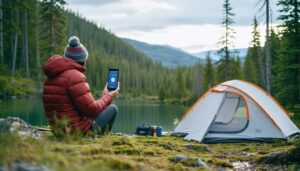


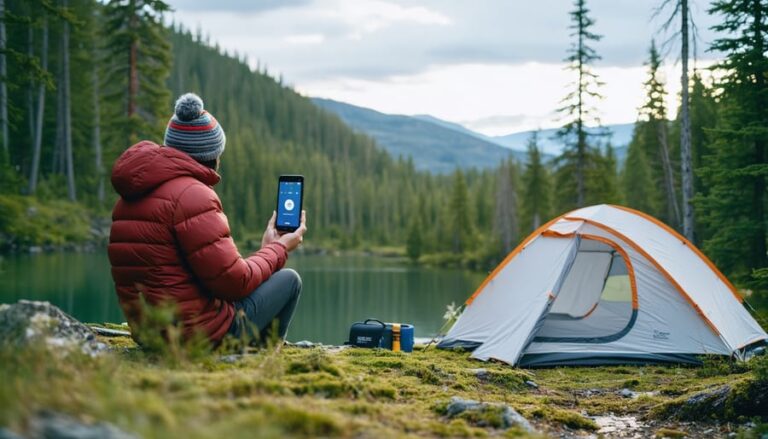
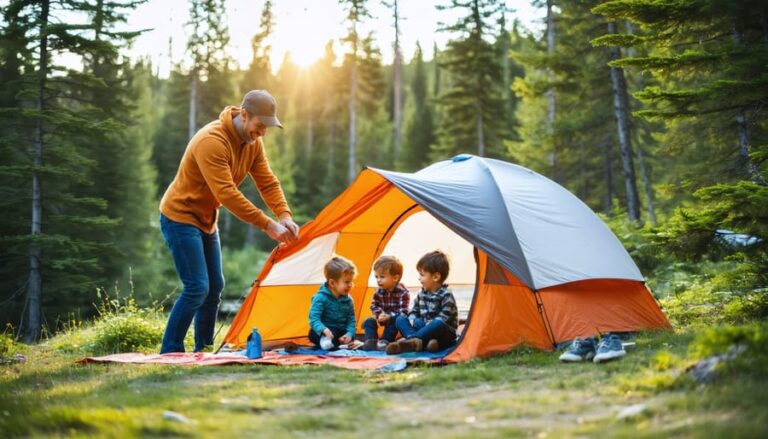
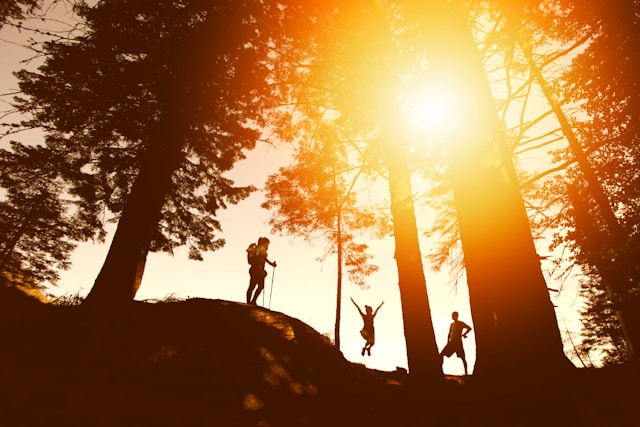
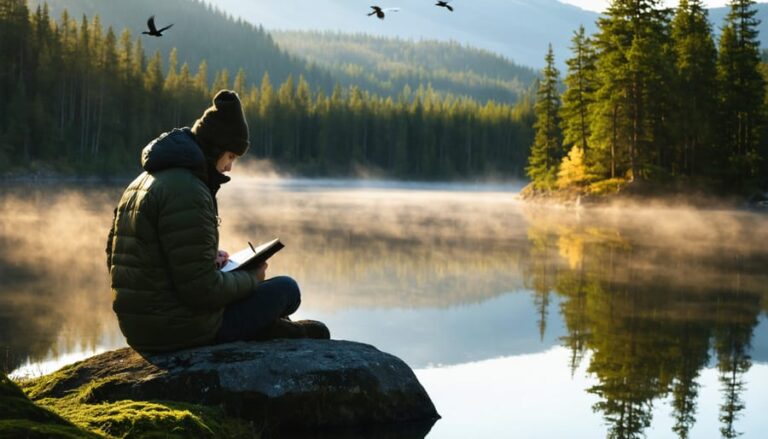

+ There are no comments
Add yours